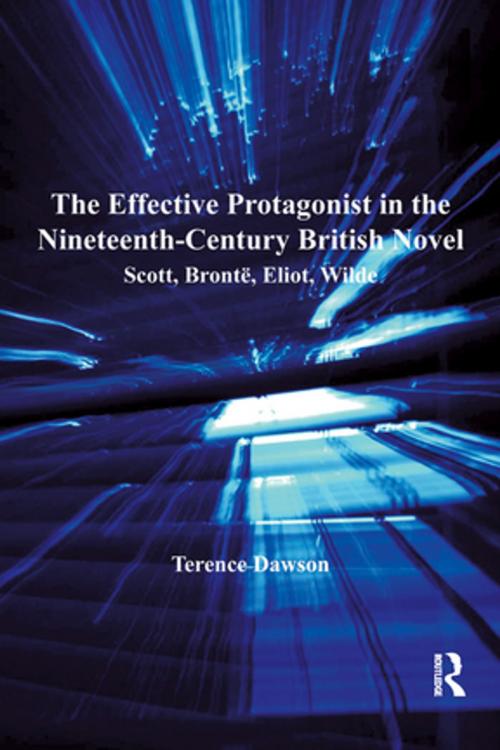The Effective Protagonist in the Nineteenth-Century British Novel
Scott, Brontë, Eliot, Wilde
Fiction & Literature, Literary Theory & Criticism| Author: | Terence Dawson | ISBN: | 9781317034537 |
| Publisher: | Taylor and Francis | Publication: | March 23, 2016 |
| Imprint: | Routledge | Language: | English |
| Author: | Terence Dawson |
| ISBN: | 9781317034537 |
| Publisher: | Taylor and Francis |
| Publication: | March 23, 2016 |
| Imprint: | Routledge |
| Language: | English |
The Effective Protagonist in the Nineteenth-Century British Novel is an experiment in post-Jungian literary criticism and methodology. Its primary aim is to challenge current views about the correlation between narrative structure, gender, and the governing psychological dilemma in four nineteenth-century British novels. The overarching argument is that the opening situation in a novel represents an implicit challenge facing not the obvious hero/heroine but the individual that Terence Dawson defines as the "effective protagonist." To illustrate his claim, Dawson pairs two sets of novels with unexpectedly comparable dilemmas: Ivanhoe with The Picture of Dorian Gray and Wuthering Heights with Silas Marner. In all four novels, the effective protagonist is an apparently minor figure whose crucial function in the ordering of the events has been overlooked. Rereading these well-known texts in relation to hitherto neglected characters uncovers startling new issues at their heart and demonstrates innovative ways of exploring both narrative and literary tradition.
The Effective Protagonist in the Nineteenth-Century British Novel is an experiment in post-Jungian literary criticism and methodology. Its primary aim is to challenge current views about the correlation between narrative structure, gender, and the governing psychological dilemma in four nineteenth-century British novels. The overarching argument is that the opening situation in a novel represents an implicit challenge facing not the obvious hero/heroine but the individual that Terence Dawson defines as the "effective protagonist." To illustrate his claim, Dawson pairs two sets of novels with unexpectedly comparable dilemmas: Ivanhoe with The Picture of Dorian Gray and Wuthering Heights with Silas Marner. In all four novels, the effective protagonist is an apparently minor figure whose crucial function in the ordering of the events has been overlooked. Rereading these well-known texts in relation to hitherto neglected characters uncovers startling new issues at their heart and demonstrates innovative ways of exploring both narrative and literary tradition.















